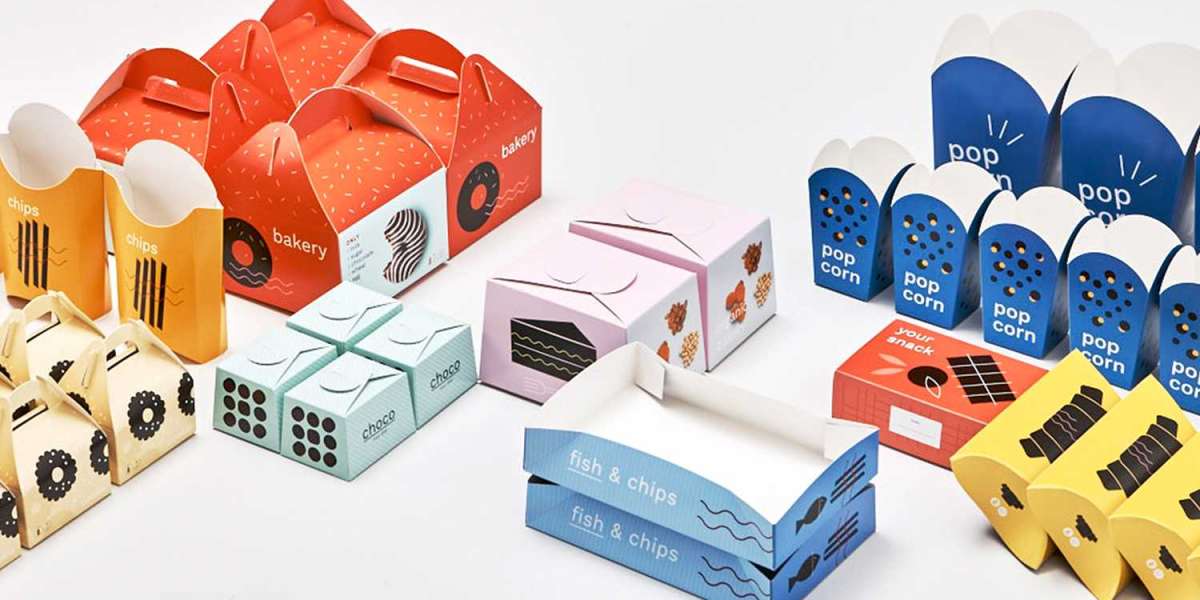In today’s socially conscious world, businesses face increasing pressure to demonstrate their commitment to sustainable practices and ethical responsibility. For brands, aligning packaging strategy with Corporate Social Responsibility (CSR) goals offers an opportunity to meet consumer expectations, reduce environmental impact, and enhance brand loyalty. At ThePackagingTree, we help businesses craft packaging strategies that not only protect their products but also support CSR commitments, strengthening their reputation as responsible industry players. Below, we discuss how to create a packaging strategy that aligns with your CSR goals.
1. Defining Your Corporate Social Responsibility Goals
a. Identifying Key CSR Focus Areas
To build an effective CSR-aligned packaging strategy, it’s essential to start by defining your CSR objectives. This could include environmental sustainability, ethical sourcing, waste reduction, or community impact. By identifying the areas that align with your brand values, you can ensure that your packaging strategy supports and enhances these goals.
b. Setting Measurable Targets
Specific targets for reducing waste, improving recyclability, or minimizing environmental impact can provide a roadmap for your packaging strategy. For instance, a target to reduce plastic use by 50% over five years gives direction and measurable outcomes, ensuring your CSR-aligned packaging efforts stay on track.
2. Choosing Sustainable Packaging Materials
a. Prioritizing Recyclable and Biodegradable Materials
Materials such as recycled paper, biodegradable plastics, and compostable alternatives are essential for a packaging strategy that aligns with CSR. By opting for materials that are less harmful to the environment, your brand can make a positive impact and reduce its ecological footprint.
b. Considering Renewable and Locally Sourced Options
Locally sourced or renewable materials, like bamboo or cornstarch-based packaging, help reduce transportation emissions and support regional economies. Using renewable materials also enhances sustainability by reducing the dependency on non-renewable resources.
3. Reducing Waste Through Design and Innovation
a. Implementing Minimalist and Multi-Functional Packaging
Minimalist designs that use less material and multi-functional packaging that serves an additional purpose can reduce waste significantly. For example, designing packages that double as storage containers reduces single-use waste, aligning with CSR goals for environmental responsibility.
b. Opting for Right-Sized Packaging
Right-sized packaging minimizes excess material while still protecting the product. It can reduce the environmental footprint by cutting down on materials and shipping weight, thus saving resources and lowering transportation emissions.
4. Fostering Transparency and Ethical Sourcing
a. Ensuring Ethical Sourcing of Materials
A packaging strategy that aligns with CSR should emphasize materials sourced through fair labor practices and from certified suppliers. This can include choosing FSC-certified paper or Fair Trade-certified materials, demonstrating your brand’s commitment to responsible sourcing.
b. Communicating Transparency to Consumers
Consumers appreciate transparency about the materials and methods used in packaging. Clear labeling and open communication about your CSR-focused packaging practices—such as a label indicating “100% recycled materials”—help build consumer trust and support brand credibility.
5. Embracing Reusability and Recycling Programs
a. Creating Reusable Packaging Options
Reusable packaging options, such as glass jars or resealable containers, allow consumers to repurpose packaging and reduce waste. This adds value for the customer while supporting your brand’s environmental goals, offering a CSR-friendly solution that appeals to eco-conscious consumers.
b. Establishing Recycling or Take-Back Programs
For products where reusable packaging isn’t feasible, consider creating take-back programs to encourage recycling. Customers can return packaging for proper recycling or disposal, helping your brand take an active role in waste management.
6. Designing for Carbon Reduction and Energy Efficiency
a. Reducing Carbon Footprint Through Efficient Production
A CSR-driven packaging strategy should prioritize energy-efficient production practices. Working with manufacturers that use renewable energy sources and eco-friendly production methods can help lower the carbon footprint of your packaging.
b. Streamlining Packaging for Transportation Efficiency
Optimizing packaging size and weight can reduce transportation emissions by maximizing the number of units shipped per load. This approach lowers fuel consumption and aligns with CSR objectives to reduce greenhouse gas emissions.
7. Educating Consumers About Responsible Disposal
a. Providing Clear Disposal Instructions
Educate consumers on how to dispose of packaging responsibly. Labels that indicate whether a package is recyclable, compostable, or reusable can help customers make informed disposal decisions, enhancing the positive impact of your CSR-aligned strategy.
b. Raising Awareness on Sustainable Practices
Through your packaging, encourage consumers to adopt sustainable practices. This could be a simple message reminding customers to recycle or offering resources to learn more about sustainability, helping to foster a culture of environmental awareness.
8. Measuring and Reporting on CSR Impact
a. Tracking CSR Metrics for Packaging
Regularly measure the impact of your packaging strategy on CSR goals. Track metrics like material reduction, recyclability rate, and carbon emissions to evaluate progress and ensure alignment with your CSR objectives. This data is invaluable for refining and enhancing your approach.
b. Reporting and Communicating Results to Stakeholders
Share progress with consumers and stakeholders through annual sustainability reports or cream boxes website updates. Transparent communication on CSR goals and packaging improvements not only builds brand loyalty but also reinforces your commitment to corporate responsibility.
Conclusion
Aligning your packaging strategy with Corporate Social Responsibility goals is a powerful way to demonstrate your brand’s dedication to sustainable, ethical practices. By prioritizing eco-friendly materials, reducing waste, fostering transparency, and educating consumers, your brand can create packaging that is both functional and socially responsible. At ThePackagingTree, we’re here to support your journey toward a CSR-focused packaging strategy that resonates with your audience and strengthens your positive impact on the world. Embracing a CSR-aligned packaging strategy isn’t just good for business; it’s good for the planet.



